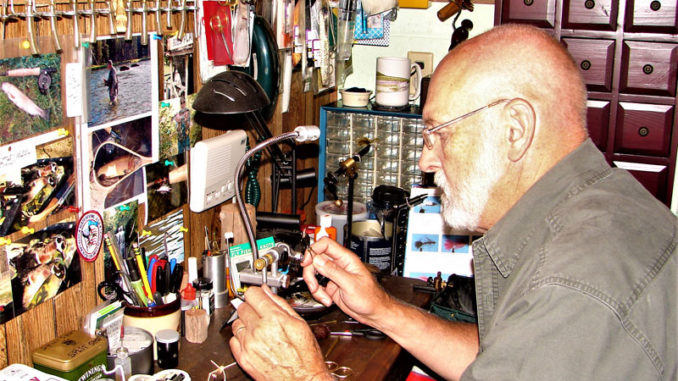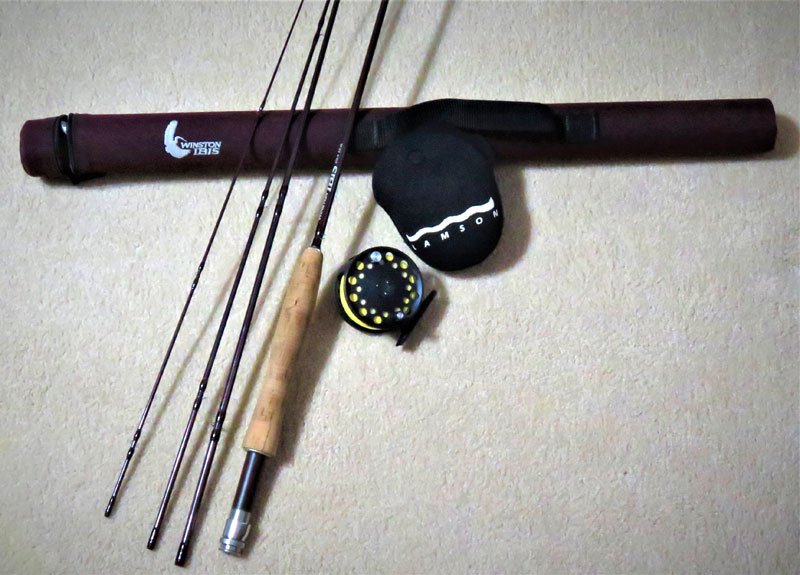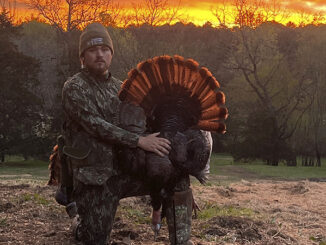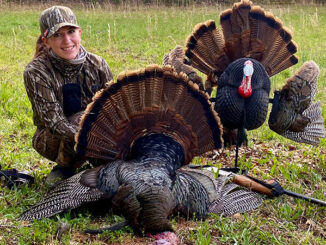
First, what is blue lining? It’s fly fishing on small streams that have a reputation for holding trout that reproduce naturally, rather than those that are stocked. These are small, cold streams. And if they show up on the map at all, they will appear as faint blue lines, ergo the name “blue lining.”
Resources are available that detail streams that may be classified as blue line streams. But most are found by scouting small tributaries that feed into the larger rivers and streams.
The art of blue lining offers several benefits to anglers. Mainly, you won’t have to fish in the third row. That was a favorite statement of my late father-in-law and mentor, Lewis Clark. It simply meant, it won’t be crowded. In a world where solitude is its own reward, a day on the stream without encountering another angler is rare, but it’s not uncommon for blue liners.
The fish you’ll encounter in these locales are small. But they are wild, and their conformation and coloration are striking. You may encounter fish in the 7- to 9- inch range. On light tackle, they are definitely fun to catch.
Recommended tackle includes a 7-foot, light rod of 3-weight or less. Most any reel will do, since drag is not often required.
Short leaders are recommended, as you will be casting in close quarters. Long leaders will add to difficulty in casting.
Fly selection
Fish on these small streams are opportunistic feeders. Small, buoyant dry flies such as Elk Hair Caddis, Parachute Adams and Humpies are sure to tempt the fish. A few nymphs such as Hares Ear, Pheasant Tail, and Prince Nymph will do the job. Even San Juan Worms work well on these small streams.
When it comes to casting, you’ll need to adjust yours depending on the terrain. Most blue line streams have heavy cover, so you’ll snag your line occasionally. Try pinpointing your casts into the sweet spots and keep your casts to a minimum in each area. You’ll need to cover a lot of territory to be successful.
Bonus fish
Even on these small streams, you may find fish that are larger than the average. Larger fish may run up tributaries and you can find them holding in small pools. Anglers are often surprised to see the size fish they sometimes find in skinny water.
Brook trout
In recent years, the SCDNR and the NCWRC have worked to restore native Appalachian-strain brook trout (Salvelinus fontinalis), the only native salmonid species, in small streams.

These streams usually feature a barrier such as a waterfall to block the non-native species, such as rainbow and brown trout, from infiltrating them.
Unfortunately, when rainbows and browns do infiltrate these small streams, they outcompete the smaller brook trout, putting a serious damper on the lone native species.
These brookies are colorful and scrappy, and absolute jewels. They are deserving of the attention of those who take the time to seek them out.
Suggested locales
Lynn Camp Prong in the Great Smoky Mountains National Park is an area where Appalachian-strain brook trout were restored to 27.6 miles of stream in 11 populated areas.
SCDNR has identified streams in Oconee, Pickens and Greenville counties, and are working in partnership with the Eastern Brook Trout Joint Venture to establish viable populations of native brook trout.
Anglers can find fishable populations of these fish in numerous small streams. It’s a labor of love to pursue and find them. Catch-and-release is required in most areas, and highly advisable where it’s not mandatory.




Be the first to comment